- PRODUCTS
- SERVICES
- HARDWARE & IT
- LEARNING & DEVELOPMENT
- CADFEM INFORMS
CADFEM INFORMS OVERVIEW
- ABOUT US

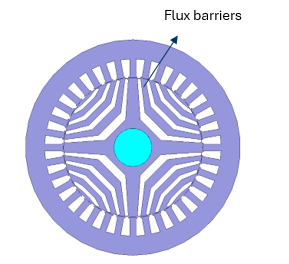
In electronic devices, synRMs are prized for their high efficiency and reliability. They are used in applications where precision and energy savings are critical, such as in appliances, HVAC systems, and industrial automation. Their ability to maintain synchronous speed with the supply frequency makes them ideal for applications requiring stable and consistent performance.
In the realm of electric vehicles, synRMs are gaining traction due to their high-power density and efficiency. They offer a significant advantage in terms of cost and performance compared to traditional motor types. Their robust design and reduced cooling requirements further enhance their suitability for automotive applications, where space and weight are critical considerations.
Several techniques are employed to optimize the performance of synchronous reluctance motors:

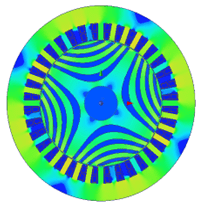
Synchronous Reluctance motors are not inherently self-starting like Induction motors. However, with the addition of aluminium bars, they can be designed as Line Start Synchronous motors (LS-SynRM).
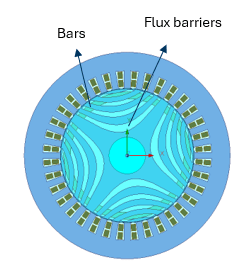

To ensure the performance and reliability of synchronous reluctance motors, several testing methods are employed:

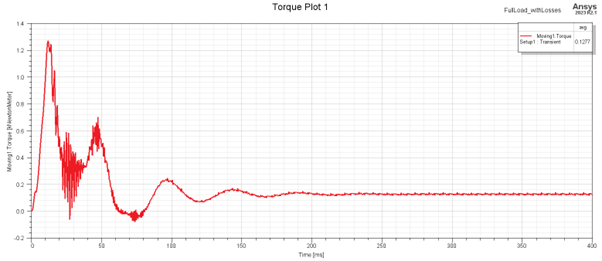
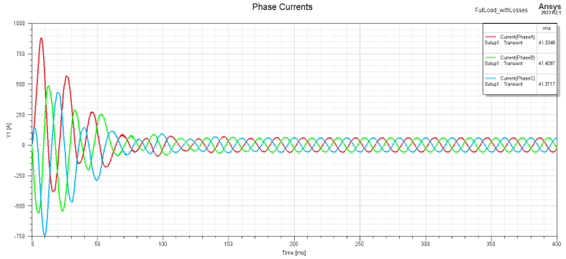
Standardized testing procedures are crucial for ensuring that synchronous reluctance motors meet industry benchmarks and safety standards. They provide a consistent basis for comparing different motor designs and performances, ensuring reliability and quality across various applications.


